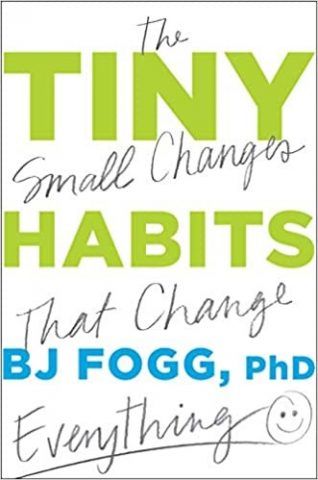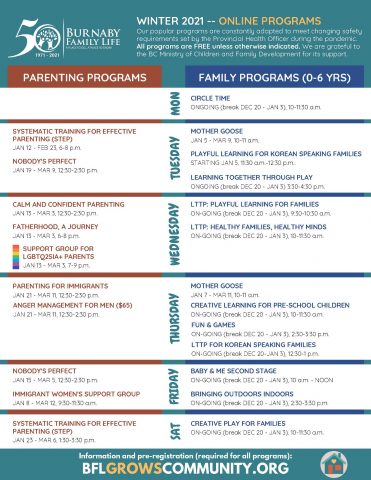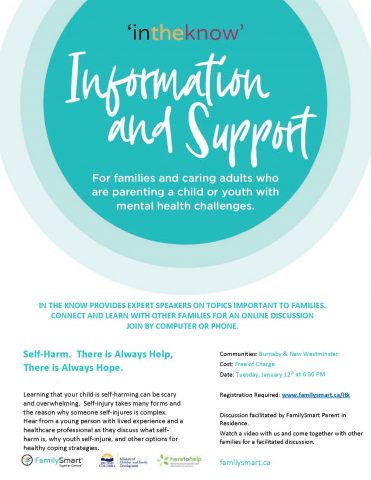Welcome back to school!
This winter break my family and I took advantage of the very few sunny days to hike the amazing trails of the north shore when we could. On one walk my son asked me about getting lost and how to find your way in the woods. I showed him our compass and how it worked. While we were talking, I was reminded of a lesson I was taught about orienteering, navigating using a compass. That lesson explained that a small change in your direction early in the journey, even by less than one degree, can result in a dramatic change in where you will end up. As we walked, I thought about the fact that the same is true when we want to make a change in our lives or help our children to make changes in their lives.
“Small changes can make huge destination differences.” — Sean Covey
As the New Year is a common time for making New Year’s resolutions, I thought I would write today about change. At New Years we often make goals for the upcoming year. This could look like a goal to eat healthier, read more, or exercise more often etc.. However, equally often we fail to meet these big resolutions and end up in a place where we fall into self-criticism.
So, how do we go about making permanent change in our lives? It is ultimately about establishing new habits.
First, most of the great things in our lives are the result of small changes repeated consistently. It is not about making one large dramatic change but about the purposeful formation and practice of a number of tiny habits. You take any new habit you want to make, and you scale it back so that it’s super-tiny. In the case of wanting to read more, that might mean read one paragraph. In the case of more exercise it might be taking the stairs instead of the escalator at the skytrain. You make it so simple that it’s almost like you have no excuse not to do it. So even when you’re in a rush, you’re sick, or you’re distracted, it’s so tiny that you can still do it.
Second, you find where it fits naturally in your existing routine. Ask yourself, what does this habit come after? For example, reading might come after you sit down on the skytrain. That might be the perfect time for you to open a book and read a paragraph. Now, you can read more if you want. That’s fine. But the habit is just tiny — you only do a paragraph if that’s all you want to do.
Third, in addition to making it tiny and then using an existing routine to remind you of it, is to hack your brain by calling up a positive emotion, by celebrating — whether that’s fist pumps, raising your arms, doing a little dance, singing your favorite song in your head. Whatever it is that helps you feel successful, that’s what will help wire in the habit.
The same is true when we are helping our children bring about change in their lives. Make tiny habits, find a time that naturally works for practicing this habit, and celebrate these moments with your child when they practice them.
I am hoping that you and your family have a wonderful 2021 and please find attached some additional resources about ‘tiny habits’.

I am also reposting the Burnaby Family Life workshops that are available this Spring as well as another valuable series from Kids in the Know on Self-harm that is also free of charge.


Lovely post! I thoroughly enjoy your newsletters! Thanks for doing them!